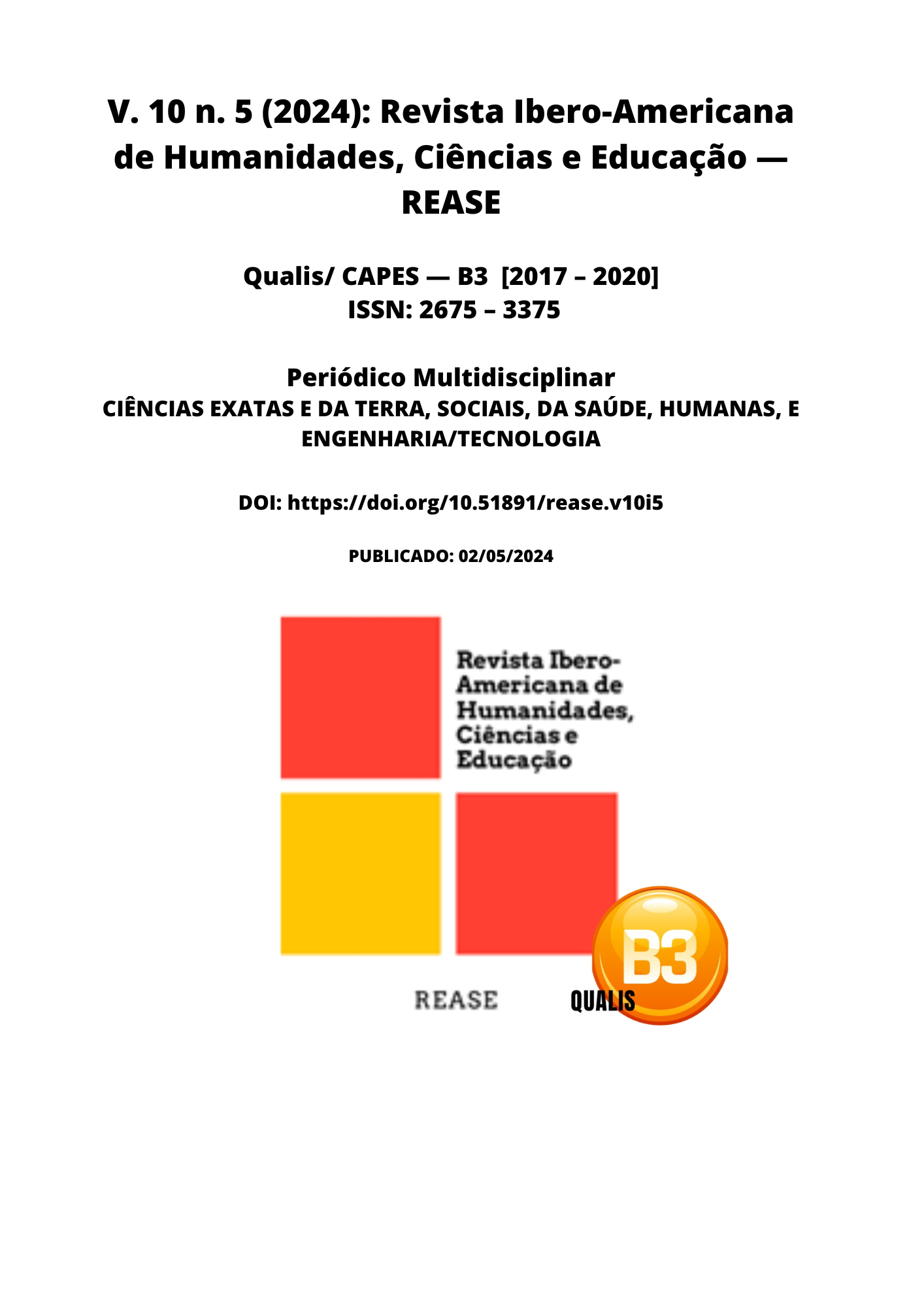VISUAL LAW: THE USE OF VISUAL RESOURCES WITH FREE AND INFORMED CONSENT TO GUARANTEE PATIENT SELF-DETERMINATION AND REDUCE THE JUDICIALIZATION OF MEDICINE
DOI:
https://doi.org/10.51891/rease.v10i5.13941Keywords:
Visual Law. Informational negligence. Principle of Self-Determination. Free and informed consent form.Abstract
The present study addresses how the use of visual elements, contained in visual law, applied to the terms of free and informed consent, guarantees the patient's constitutional right to self-determination, reducing the judicialization of medicine and mitigating overcrowding in the judiciary. Therefore, it raises the following question: how does medical technicality in the preparation of free and informed consent terms contribute to informational negligence and trigger countless demands for the judiciary? In this sense, we seek to analyze medical error characterized by informational negligence, which corroborates the increase in lawsuits against doctors, which could be avoided if the guarantee of self-determination was effective in the doctor-patient relationship. With this, three specific objectives were listed for this research, namely: analyzing the doctor's conduct when producing a free and informed consent form, which effectively seeks the patient's understanding of what encompasses their health; Understand that it is extremely necessary for the health professional to move beyond technicality so that they can effectively provide the necessary assistance to the patient/citizen; Demonstrate that visual Law is an indispensable tool that clarifies the information exchanged in the doctor-patient relationship. The methodology adopted for this work underwent a qualitative analysis, delving into bibliographies and documents that bring to light the need for a different approach from professionals who practice medicine when providing written information to patients. Likewise, when using documents such as doctrines, articles and current legislation itself, it was demonstrated that many of the legal demands involving medical professionals do not always occur due to an error regarding the result, but rather due to the lack of adequate information that characterizes the informational negligence.
Downloads
Downloads
Published
How to Cite
Issue
Section
Categories
License
Atribuição CC BY

